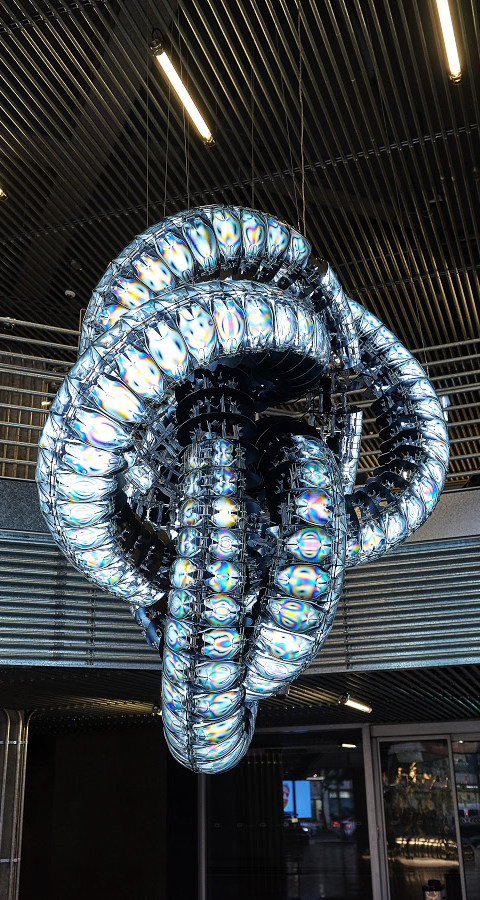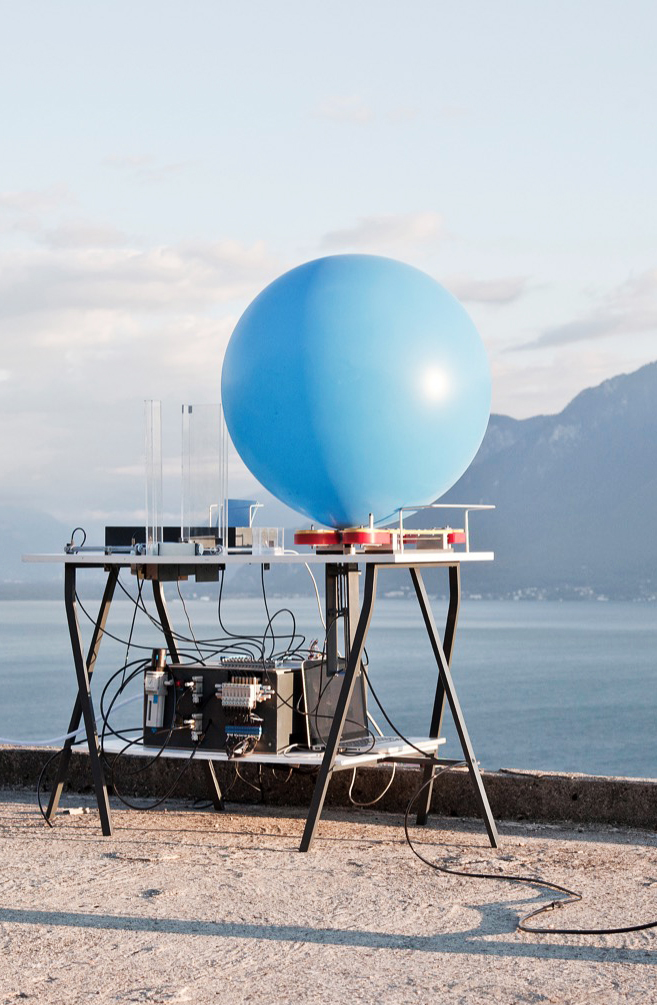
YUNCHUL KIM
CHROMA III
Kim ist bekannt für seine mechanischen Skulpturen, die wissenschaftliche und mathematische Theorien einbeziehen, und auch als Komponist elektroakustischer Musik. Für diese Triennale präsentiert Kim Chroma III, das die Knotentheorie in der Mathematik anwendet, um Hunderte von Polymerzellen […]
.
Kim is known for his mechanical sculptures that incorporate scientific and mathematical theories and also as a composer of electroacoustic music. For this Triennale, Kim presents Chroma III, which applies knot theory in mathematics to structure hundreds of polymer cells […]





